Rodney
The history of the Presbyterians at Rodney actually started with the Bayou Pierre congregation, which had been organized in 1807. By 1824, Rev. Samuel Hunter took part of that congregation south to a crossroads a little over one mile east of the town of Petit Gulf, and formed a congregation known as Bethel.
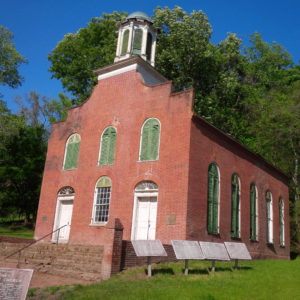 Many of the members of this congregation lived in or near the town, and petitioned the legislature to issue them a charter as “The Presbyterian Congregation of Petit Gulf” in 1828. It was also about this time that the name of the town was changed to Rodney. They began their building program almost immediately, funded by such members as David Hunt and Dr. Rush Nutt.
Many of the members of this congregation lived in or near the town, and petitioned the legislature to issue them a charter as “The Presbyterian Congregation of Petit Gulf” in 1828. It was also about this time that the name of the town was changed to Rodney. They began their building program almost immediately, funded by such members as David Hunt and Dr. Rush Nutt. 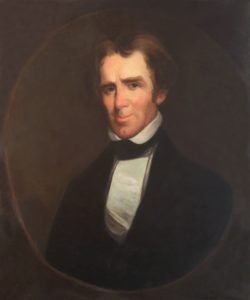 The sanctuary that still stands in Rodney was dedicated on January 1, 1832.
The sanctuary that still stands in Rodney was dedicated on January 1, 1832.
The Rev. Jeremiah Chamberlain, President of Oakland College, preached the sermon. Dr. Chamberlain continued to fill the pulpit until 1837. Then, the Rev. J.T. Russell served the church until 1842. The Rev. J.R. Hutchinson was next to fill the pulpit, and he also taught Ancient Languages at Oakland College.
Until 1852, however, all the members of the Rodney church were still technically on the roll of Bethel Church, at least as far as the Presbytery of Mississippi was concerned. That year, the Presbytery organized the Rodney church with 16 members and one elder, Thomas W. Beck. Rev. Edward Wurtz was installed as the first pastor, but only served from April until October of 1852.
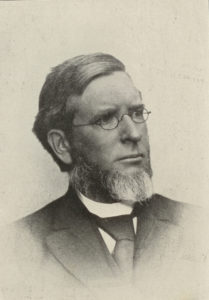 The congregation then called Robert Price, who had grown up in the Bethel church, and he was ordained and installed in December of the same year, serving the congregation until 1863. During his ministry, the congregation grew to a membership of 69.
The congregation then called Robert Price, who had grown up in the Bethel church, and he was ordained and installed in December of the same year, serving the congregation until 1863. During his ministry, the congregation grew to a membership of 69.
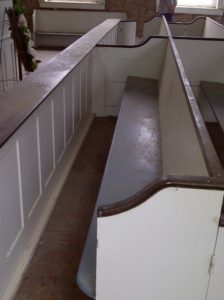 In September of 1863, months after Vicksburg had fallen to the Union forces, Rev. Daniel Sumner Baker, stated supply for both the Red Lick and the Providence churches, had come to Rodney to seek passage to the north, apparently being a Union sympathizer. Filling the Rodney pulpit for Rev. Price, Rev. Baker invited Capt. W.W.H. Fentress, Ensign Strunk, and 20 seamen of the Union gunboat “Rattler” to attend worship on the morning of the 12th. During the service, 15 Confederate scouts surrounded the church. Their leader, Lieutenant Allen, appeared at the door and demanded the surrender of the navy men. Several shots were fired, but only one sailor was slightly injured, apparently by his own Ensign’s bullet. Most of the Union men in the church were captured, but one escaped capture by hiding under the hoop skirt of an elderly lady who sat in one of the back pews!
In September of 1863, months after Vicksburg had fallen to the Union forces, Rev. Daniel Sumner Baker, stated supply for both the Red Lick and the Providence churches, had come to Rodney to seek passage to the north, apparently being a Union sympathizer. Filling the Rodney pulpit for Rev. Price, Rev. Baker invited Capt. W.W.H. Fentress, Ensign Strunk, and 20 seamen of the Union gunboat “Rattler” to attend worship on the morning of the 12th. During the service, 15 Confederate scouts surrounded the church. Their leader, Lieutenant Allen, appeared at the door and demanded the surrender of the navy men. Several shots were fired, but only one sailor was slightly injured, apparently by his own Ensign’s bullet. Most of the Union men in the church were captured, but one escaped capture by hiding under the hoop skirt of an elderly lady who sat in one of the back pews!
Captain Fentress then requested that a message be sent to his gunboat for clothing for his men, and Lieutenant Allen agreed. But as the sailors were being marched out of town, the gunboat began shelling the town – at least one shot hit the church, and it can still be seen there today, mortared in place.
The Rodney church came back to life after the end of the Civil War, calling Rev. John Emory Wheeler to be its pastor in April of 1866. He was succeeded by Rev. W.F.V. Bartlett, who served from 1870-1875. It was about this time that the Mississippi River abandoned Rodney, moving a little over one mile to the west. To make matters worse, in 1876 the Natchez, Jackson and Columbus Railroad laid down its rails through Fayette instead of through Rodney. The town thus entered a slow, inevitable decline.
The following ministers served the Rodney Church for the remainder of the Nineteenth Century:
- Rev. John S. Shaw 1877-1879
- Rev. James M. Smith 1880-1881
- Rev. Joseph G. Venable 1882-1883
- Rev. George Woodbridge 1885-1888
- Rev. Alexander Newton 1889-1892
- Rev. W.N. Jenkins Summer, 1892
- Rev. W.B. Bingham 1893-1897
- Rev. James L. Stitt 1897-1903
Although the congregation numbered 50 members in 1903, the church had no installed pastor until 1916. During these years, the pulpit was filled by Rev. E.M. Stewart of Fayette, Rev. H.H. Brownlee of Port Gibson, Rev. J.F. Eddins, and Rev.
W.H. Hill. Rev. William L. Merrin supplied the pulpit from 1912 until 1915.
In 1916, Rev. Allen W. Duck was called to be the pastor of the Rodney Church as well as the Red Lick Presbyterian Church, also in Jefferson County. He lived in Red Lick and filled the Rodney pulpit on the 4th Sunday of every month until 1923.
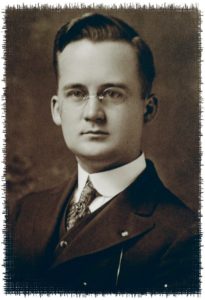
The rest of the pastors who served the Rodney Church preached there monthly while serving as pastor of the Fayette Church. They were:
- H.R. Overcash 1924
- J.V. Currie 1924-1938
- Sidney Harris 1938-1942
- W.B. Hooker 1945-1952
- A.M. Hart 1953-1956
In June of 1955, the Synod of Mississippi resolved to restore the church, cooperating with the Presbytery of Mississippi on the project. The Presbytery met at Rodney in October, 1955, to draw attention to the church’s need for restoration. But the congregation’s main problem was lack of membership. And so after Mac Hart resigned from the Fayette church in October of 1956, the pulpit was listed as vacant in subsequent Presbytery minutes. In 1966, the last remaining members of the congregation voted to sell the building to the United Daughters of the Confederacy. The building is now owned by the Rodney History and Preservation Society. You can find more information and make a contribution for the preservation of the building at https://rodneyhistory.org
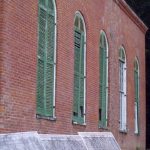
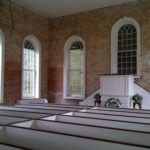
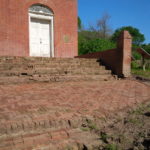
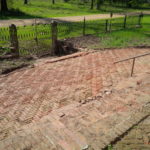
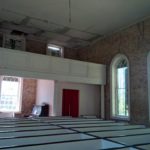
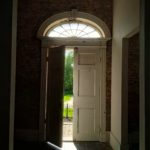
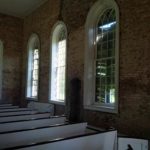
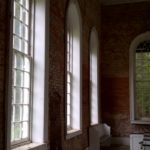
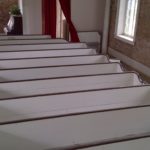
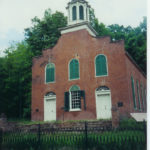
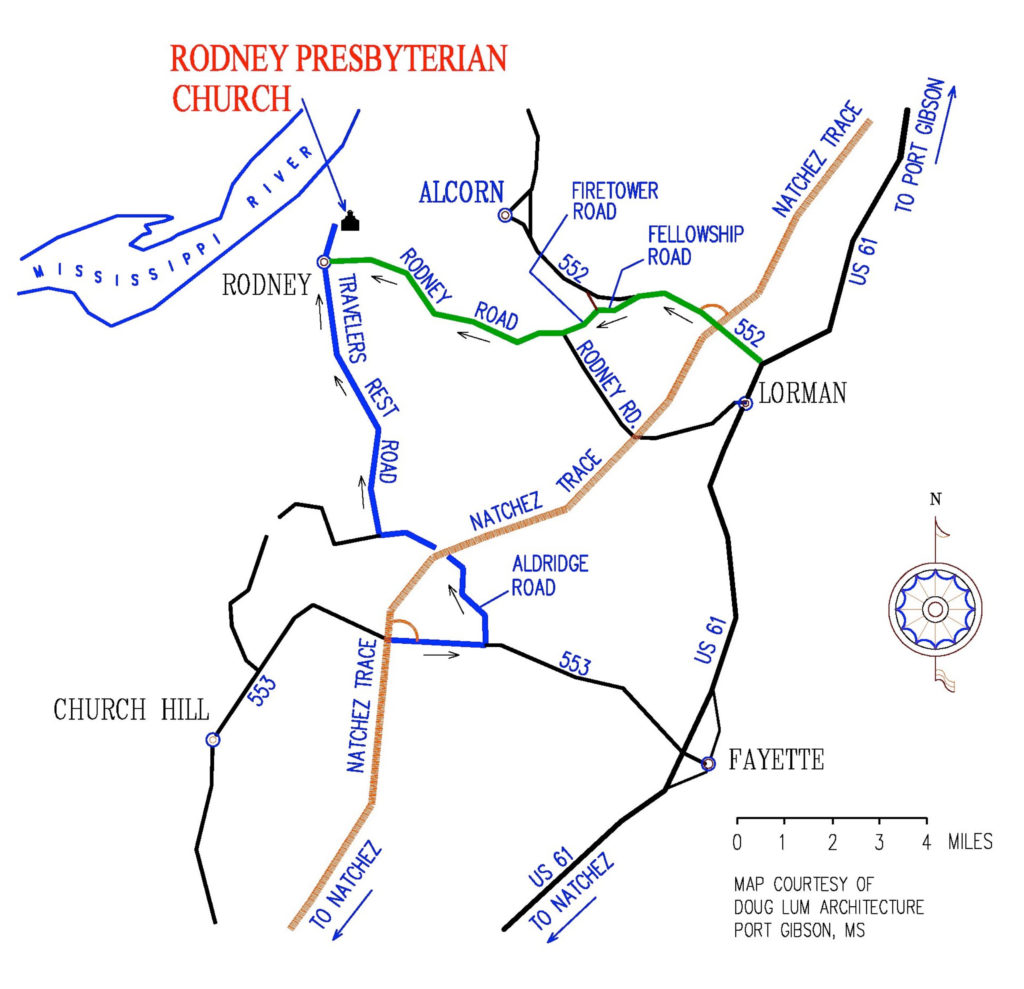 To get to Rodney Presbyterian Church, follow this map. The blue route over the Aldridge and Travelers Rest Roads gives access from the south, and the green route from state road 552 is easily accessed either from Alcorn State University or from Port Gibson and points north.
To get to Rodney Presbyterian Church, follow this map. The blue route over the Aldridge and Travelers Rest Roads gives access from the south, and the green route from state road 552 is easily accessed either from Alcorn State University or from Port Gibson and points north.
If you would like to download a brochure about Rodney Presbyterian Church, CLICK HERE.



